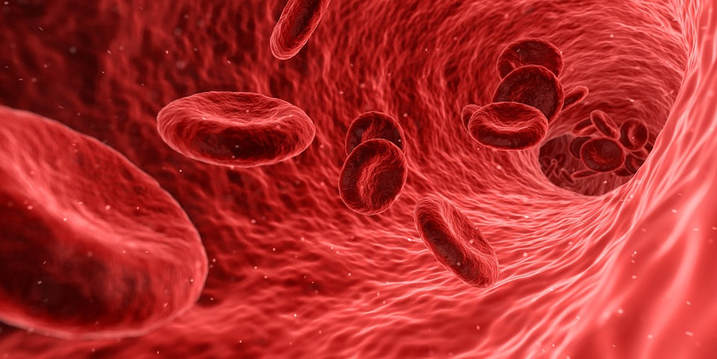MORE ON THE RECENT CHANGES TO
CHOLESTEROL GUIDELINES
A few months ago, I shared a post on this subject (HERE), and revealed to you the phenomenal numbers of Financial Conflicts of Interest (COA’s) among those creating these guidelines. In fact, it was so bad that after the guideline authors revealed their financial conflicts, they simply wrote, “The other members of the writing groups reported numerous relationships with industry,” and left it at that. And although we knew that these new “EVIDENCE-BASED” guidelines would increase the number of Americans taking statins, we did not know how dramatic this increase would be until earlier this week. A study by Dr. Michael Pencina of the Duke Clinical Research Institute and published in the most recent issue of the New England Journal of Medicine (Application of New Cholesterol Guidelines to a Population-Based Sample) revealed the answer. And while shocking, the results were not surprising in the least. The study’s conclusions are as follows.
|
“The new guidelines would increase the number of U.S. adults receiving or eligible for statin therapy from 43.2 million (37.5%) to 56.0 million (48.6%). Among adults between the ages of 60 and 75 years without cardiovascular disease who are not receiving statin therapy, the percentage who would be eligible for such therapy would increase from 30.4% to 87.4% among men and from 21.2% to 53.6% among women.”
|
WHY DOES IT MATTER?
For the record, the COA’s revealed by Dr. Pencina and his chief co-author included
- McGill University Health Center: McGill does a lot of research in the area of heart disease, cholesterol, and drugs to lower cholesterol (both statins and non-statins).
- AbbVie: AbbVie, a division of Abbott Laboratories, manufactures the non-statin cholesterol drug “Niaspan”, which is commonly prescribed along with statins. Clinical trials have shown it provides no benefit in lowering cholesterol. They are also heavily involved with stents, vessel closure devices, endovascular and coronary technologies.
- Janssen: Janssen is the collective name of the Pharmaceutical Companies of Johnson & Johnson. They recently came up with a new class of Type II Diabetes drug, and are involved with several dyslipidemia drugs.
- Eli Lilly: Eli Lilly makes the stain drug Livalo. They have also been working on a class of drug to increase HDL — something which has proved elusive to the pharmaceutical industry. They have also been involved with the non-statin drug PCSK9 as well. As a side note, Eli Lilly has claimed that their drug Livalo has fewer side effects than other statins. Listen to what Dr. John Briffa has to say about the way that Eli Lilly is exploiting this fact on the July 13, 2012 issue of his blog. “It’s well known that about 75 per cent of people who start statins stop again within a year. Recently, the drug company Eli Lilly issued a press release regarding a survey called ‘Understanding Statin use in America and Gaps in Education’ (‘USAGE’). The USAGE survey was an attempt, on the face of it, to better understand the reasons for why so many individuals stop taking their statins. More than 10,000 people were polled, and the results are in. It turns out that off all of the reasons individuals might stop their statin medication, ‘side effects’ was the most commonly cited reason. According to the survey, a full 62 per cent of respondents cited side effects as the reason for stopping their medication.” According to Eli Lilly, Livalo is the perfect solution for these folks.
- Boehringer Ingelheim: Boehringer Ingleheim makes about 30 different drugs, including many for the cardiovascular system.
To read more about the COA’s in this area of industry guidelines within the field of cholesterol, you can go to the blog of Dr. Barbara Roberts — a professor at Brown University (HERE) and read a short article she wrote on the subject. She says the conflicts in this area are over half a billion dollars.


